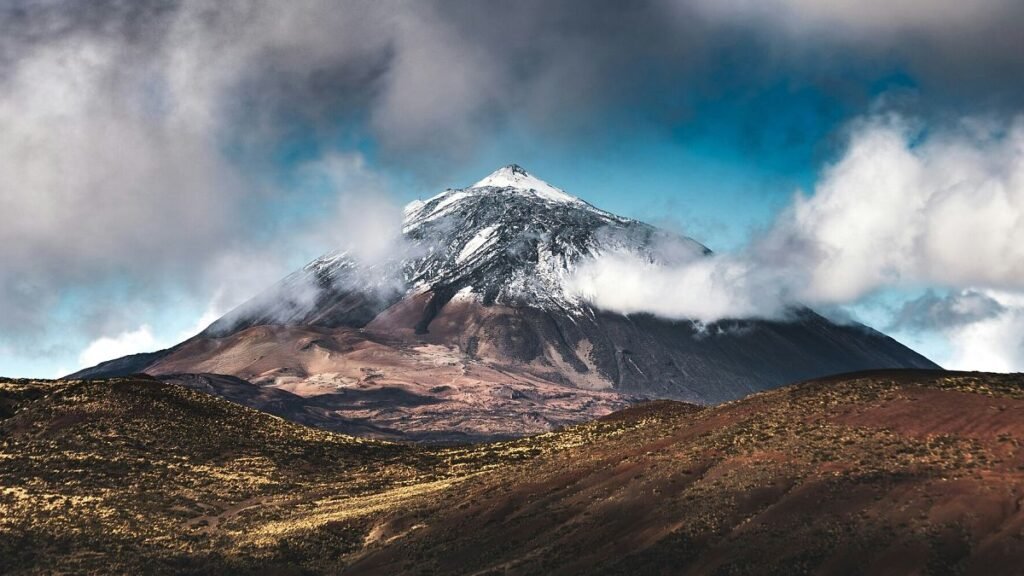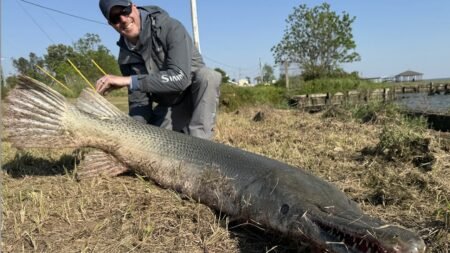Environmentalists in the Canary Islands are sounding the alarm over the damage tourism is doing in Teide National Park, home to Spain’s highest peak.
Jaime Coello Bravo, director of the Telesforo Bravo-Juan Coello Foundation, called out the Tenerife Island Council for promoting what he described as the “massification and destruction” of the park, which is also a UNESCO World Heritage Site.
In a post shared on social media on 13 April, Bravo said the park “hurts” from the number of tourists trudging over its landscapes. He also shared images and videos of visitors straying off designated trails and climbing volcanic rock formations.
“If this is the crown jewel [of Tenerife’s natural sites]. How will the other spaces be? We know because most are equal or worse,” he wrote. “It is a scandal and a shame the lack of response, inaction and complicity with an unsustainable situation.”
Teide National Park welcomes over 3 million visitors a year
Located in the centre of Tenerife, Teide National Park surrounds the Teide-Pico Viejo stratovolcano, which rises 3,718 metres above sea level and offers sweeping views of the surroundings. Those views, the striking volcanic landscapes and the unique wildlife such as the Tenerife lizard attract about three million visitors each year.
According to the local tourism board, the park is the most visited national park in Europe. But its popularity is putting pressure on a delicate ecosystem.
Bravo’s photos showed a crowded car park, tourists clambering over volcanic rocks and one woman appearing to collect stones from a restricted area.
“The overcrowding of vehicles is indescribable,” he said.
A new reservation system aims to reduce overcrowding
Just days before Bravo’s posts, the Cabildo de Tenerife (Island Council of Tenerife) revealed a new online reservation system aimed at controlling access to more advanced trails within the park.
The new system will require visitors to register online before attempting certain hiking routes, including the trails that lead to the summit of the stratovolcano.
Access will only be granted to authorised tourism professionals and mountain federations with proper permits and safety equipment.
The goal, according to officials, is to “preserve the natural environment and control the influx of people”.
Can Europe’s natural landmarks handle mass tourism?
The situation in Tenerife echoes concerns raised in other parts of Europe, where local ecosystems are under strain from high visitor numbers – and local populations have sometimes lashed out in response to them.
In Italy, officials in Venice have introduced – and now doubled – an entry fee forday-trippers to ease overcrowding in the historic city, while the island ofSardinia has begun banning beach towels and requiring advanced bookings to visit certain beaches.
Residents in popular travel destinations, from Amsterdam to Santorini, are increasingly pushing back against the negative effects of tourism. In early April, residents across Spain stagedprotests against mass tourism, less than a year afterBarcelona residents sprayed tourists with water guns and shouted “tourists go home”.
Tenerife has seen its own blunt response to mass tourism, too.
Last April, demonstrators in Tenerife organised a hunger strike over hotel developments. Some locals said they were sleeping in cars or caves because they couldn’t afford housing on the island.
Now, the Telesforo Bravo-Juan Coello Foundation is urging the government to take stronger action to protect Teide and other natural areas across the Canary Islands.
With summer approaching, signs point to another tense season as Spain grapples with how – and how many – people should experience its natural wonders.
Read the full article here
















